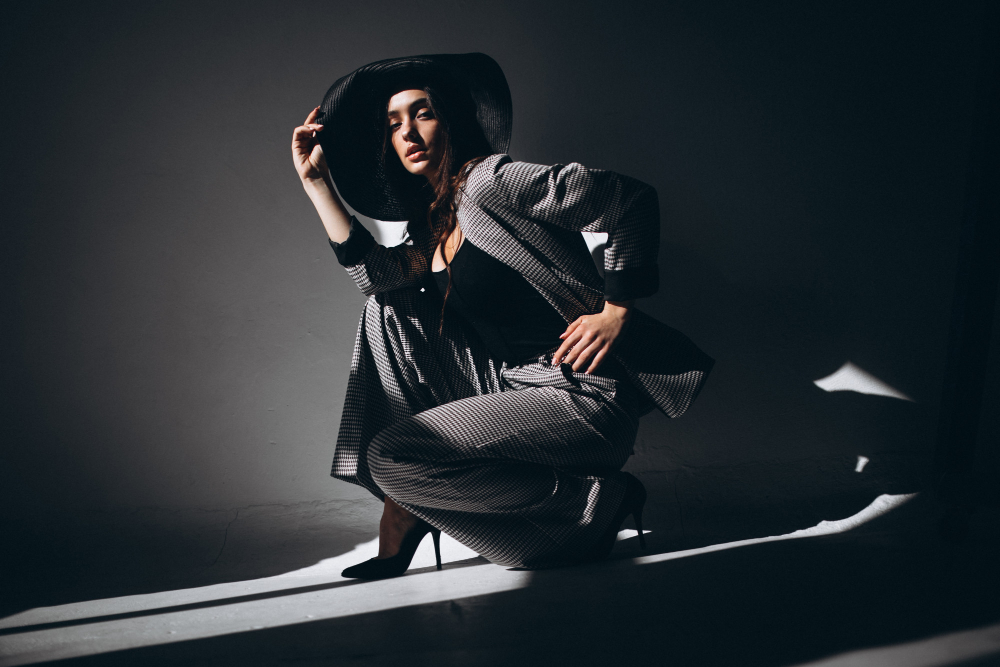
High fashion, often synonymous with luxury, exclusivity, and innovation, represents the pinnacle of creativity and craftsmanship in the fashion industry. From intricately constructed haute couture gowns to avant-garde runway collections, high fashion transcends trends and sets the standard for style, elegance, and sophistication. Let’s delve into the fascinating world of high fashion, exploring its defining characteristics, iconic designers, and enduring legacy in the realm of style and culture.
Defining High Fashion
High fashion, also known as haute couture, refers to the highest level of craftsmanship and creativity in the fashion industry. It encompasses custom-made garments, meticulously crafted by skilled artisans and couturiers, using the finest materials, techniques, and attention to detail. High fashion pieces are often characterized by their exquisite craftsmanship, innovative design, and luxurious materials, setting them apart from ready-to-wear and mass-produced clothing. With its emphasis on quality, exclusivity, and individuality, high fashion represents the ultimate expression of style and sophistication.
The World of Haute Couture
At the heart of high fashion lies haute couture, a French term that translates to “high sewing” or “high dressmaking.” Haute couture houses, such as Chanel, Dior, and Givenchy, adhere to strict standards set by the Chambre Syndicale de la Haute Couture in Paris, ensuring that each garment is handmade to the highest standards of craftsmanship and quality. Haute couture pieces are typically custom-made for individual clients, with each garment tailored to their precise measurements and specifications. From intricately beaded gowns to impeccably tailored suits, haute couture represents the pinnacle of luxury and sophistication in the fashion world.
The Role of Iconic Designers
Iconic designers play a central role in shaping the world of high fashion, with their visionary talent and creative vision setting the tone for the industry. Designers such as Coco Chanel, Christian Dior, and Yves Saint Laurent have left an indelible mark on the world of fashion, revolutionizing the way we dress and defining the aesthetics of their respective eras. These designers are known for their innovative designs, impeccable craftsmanship, and unwavering commitment to excellence, earning them a place among the most revered figures in the fashion industry. Their creations continue to inspire and influence designers and fashion enthusiasts around the world, shaping the course of fashion history for generations to come.
The Art of Runway Shows
Runway shows are a cornerstone of high fashion, providing designers with a platform to showcase their latest collections to an audience of industry insiders, celebrities, and fashion enthusiasts. These extravagant spectacles are meticulously choreographed and staged, with elaborate sets, lighting, and music enhancing the overall atmosphere and mood of the presentation. Models strut down the runway wearing the designer’s latest creations, captivating audiences with their grace, poise, and impeccable styling. Runway shows not only serve as a showcase for the designer’s talent and creativity but also set the tone for upcoming trends and inspire fashion enthusiasts around the world.
The Influence of High Fashion
High fashion exerts a significant influence on the broader fashion industry, shaping trends, aesthetics, and consumer preferences. While haute couture pieces are often out of reach for the average consumer due to their exorbitant price tags and exclusivity, they serve as a source of inspiration for ready-to-wear designers, who reinterpret and adapt high fashion trends for the mass market. Additionally, high fashion designers often collaborate with luxury brands and retailers to create diffusion lines and capsule collections, making their designs more accessible to a wider audience. High fashion’s influence extends beyond the realm of clothing, impacting art, culture, and society at large, and shaping our perceptions of beauty, style, and luxury.
Challenges and Criticisms
Despite its glamour and allure, high fashion is not without its challenges and criticisms. The industry has faced scrutiny for its lack of diversity and inclusivity, with critics calling for greater representation of marginalized communities on the runway and behind the scenes. High fashion’s emphasis on exclusivity and luxury has also been criticized for perpetuating elitism and inequality, creating a divide between the fashion elite and the average consumer. Additionally, the environmental and ethical implications of high fashion production, including issues such as waste, pollution, and exploitation of labor, have come under increased scrutiny in recent years, prompting calls for more sustainable and responsible practices within the industry.
The Enduring Legacy of High Fashion
High fashion represents the pinnacle of creativity, craftsmanship, and innovation in the fashion industry, setting the standard for style, elegance, and sophistication. From the intricate haute couture gowns of Paris to the avant-garde runway collections of New York City, high fashion continues to captivate and inspire audiences around the world, shaping the course of fashion history for generations to come. While the industry faces challenges and criticisms, its enduring legacy and influence remain undeniable, reminding us of the transformative power of fashion to inspire, empower, and redefine the boundaries of style and culture.




